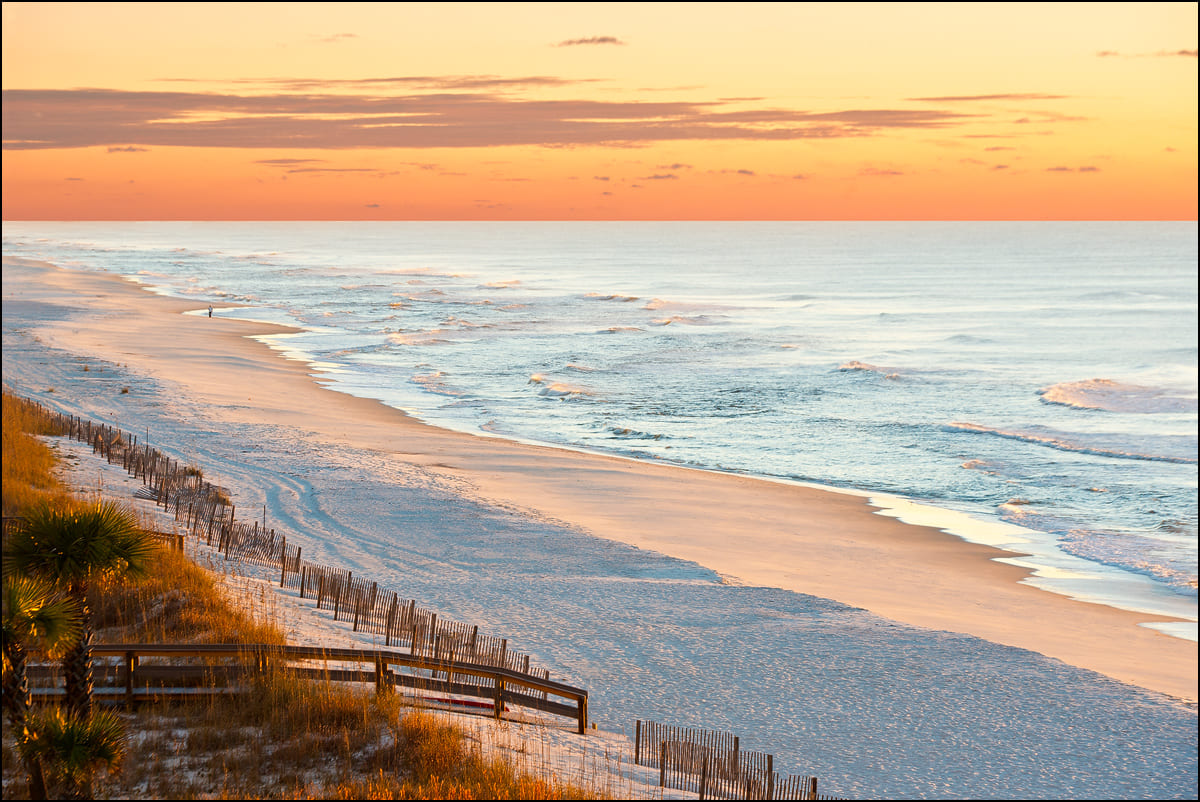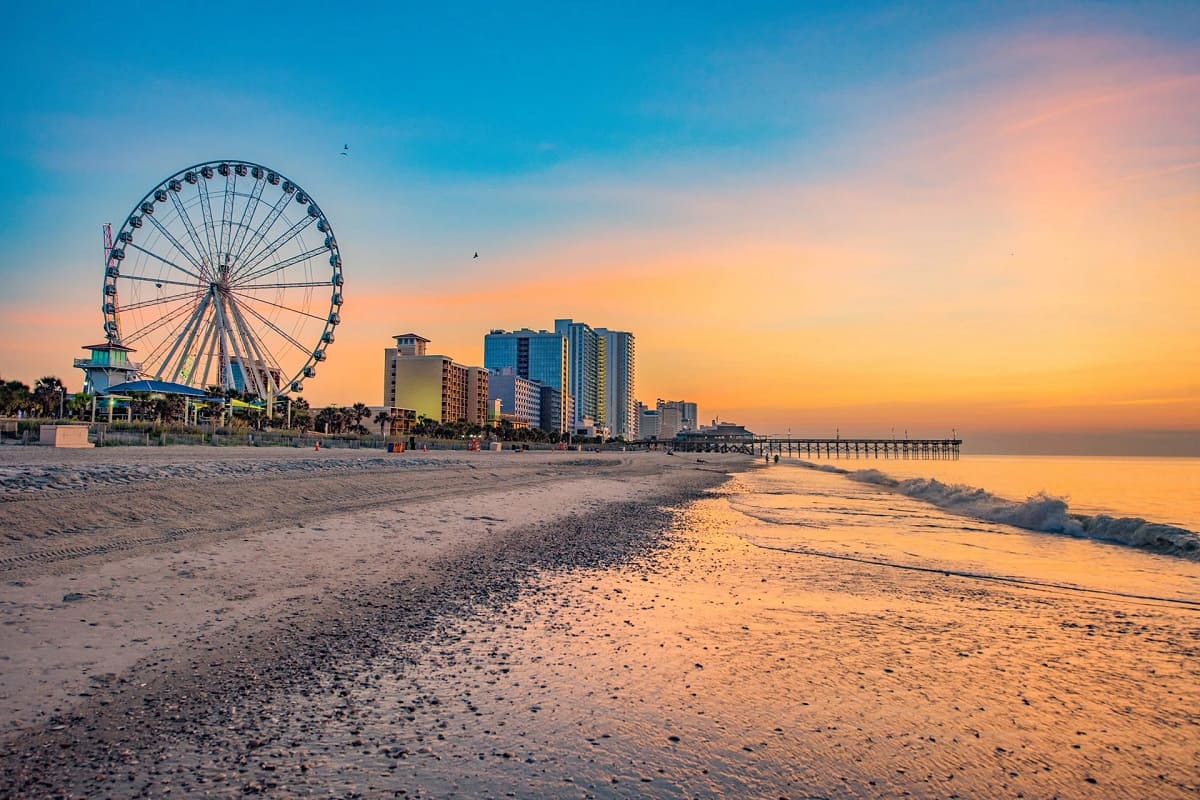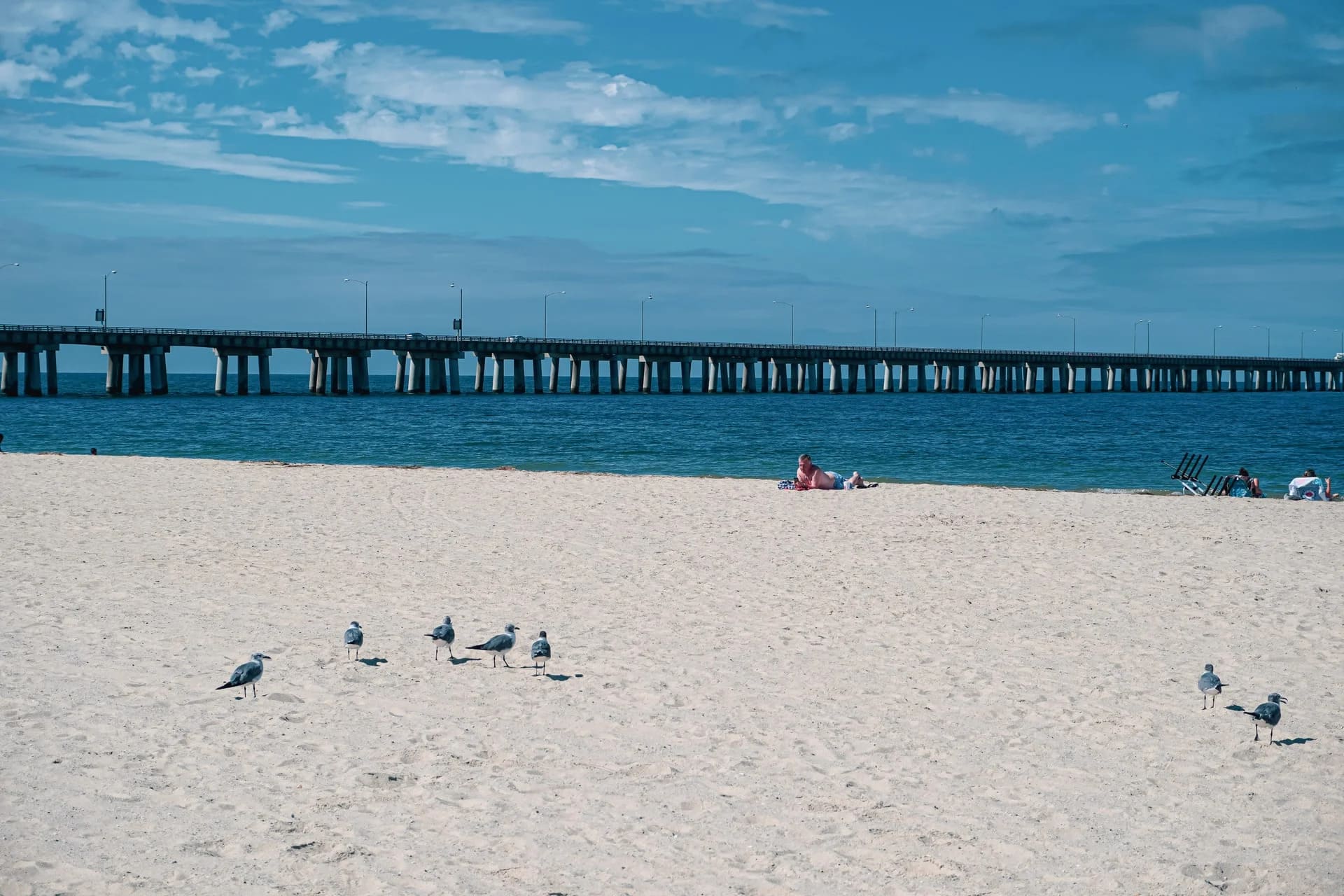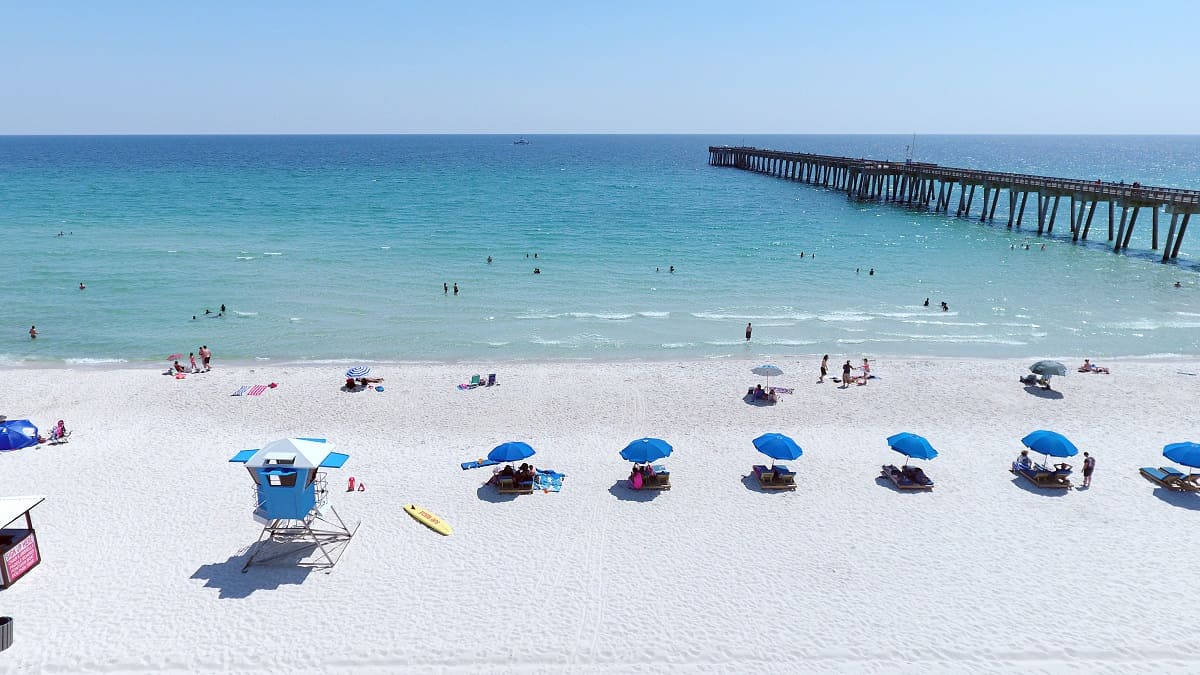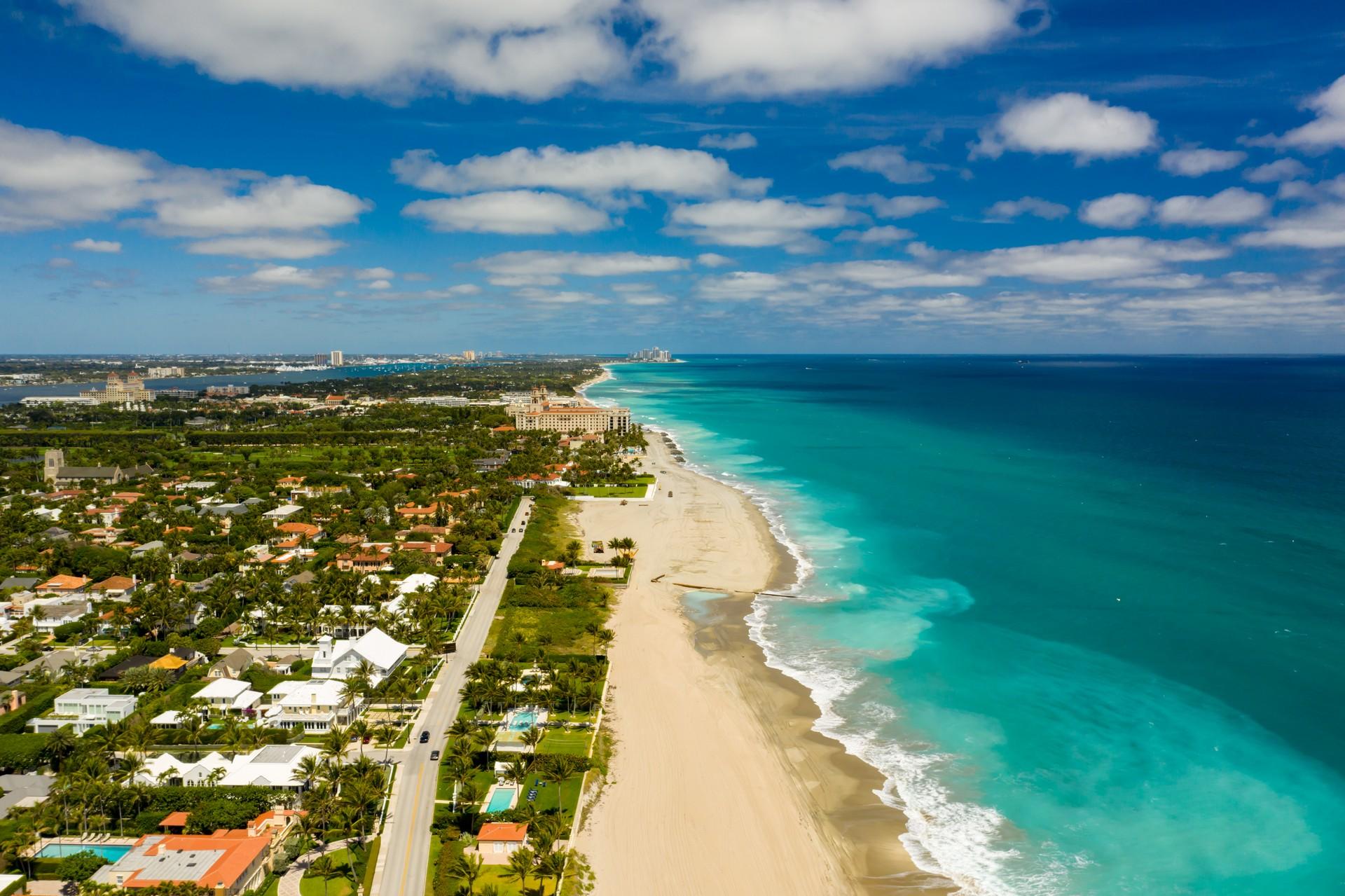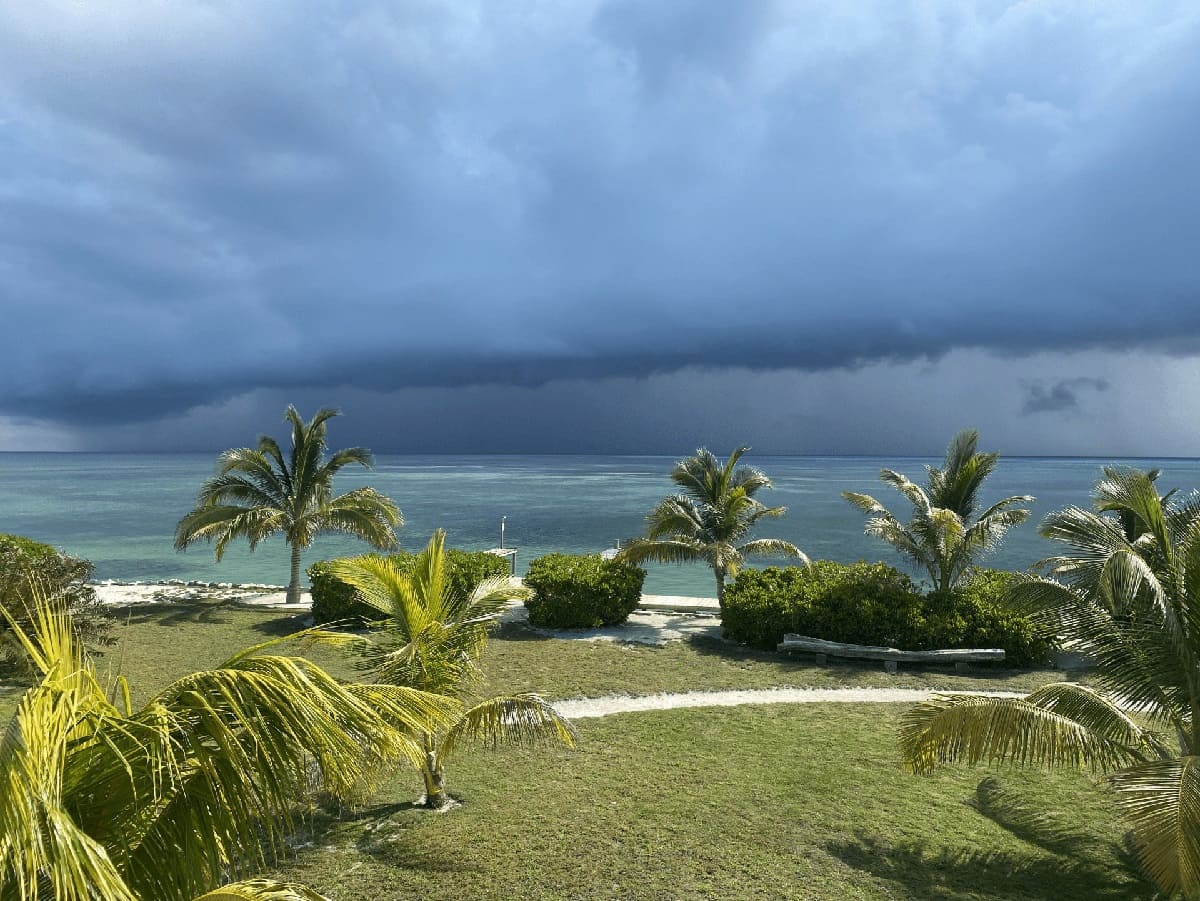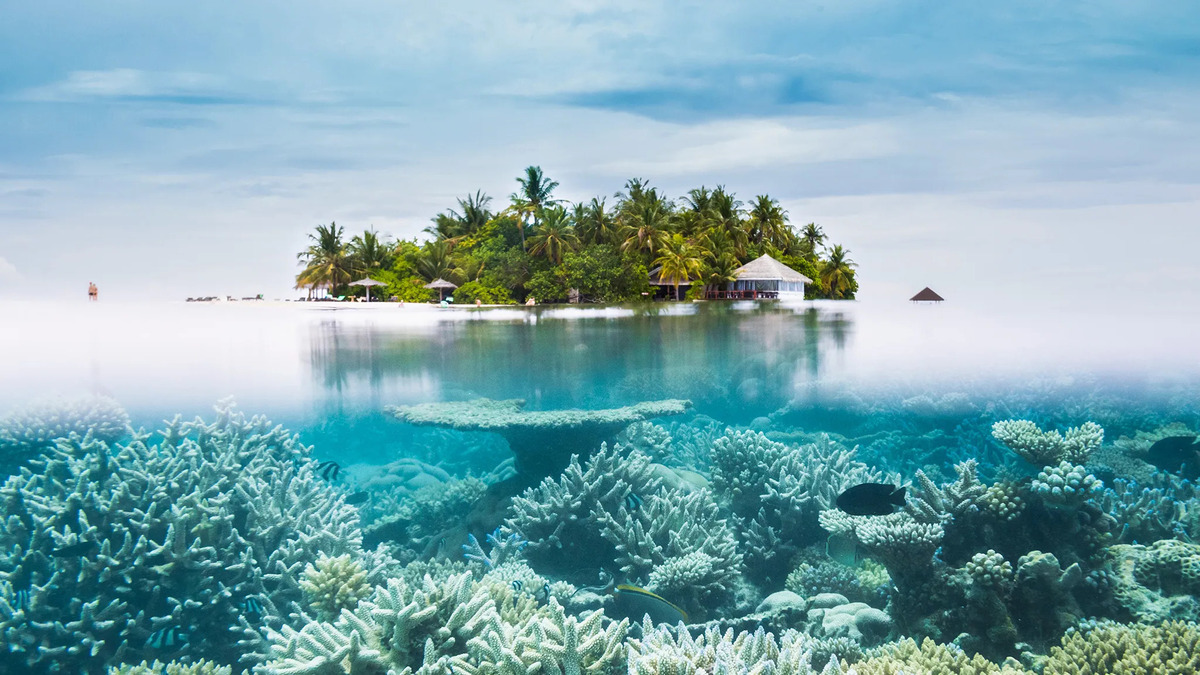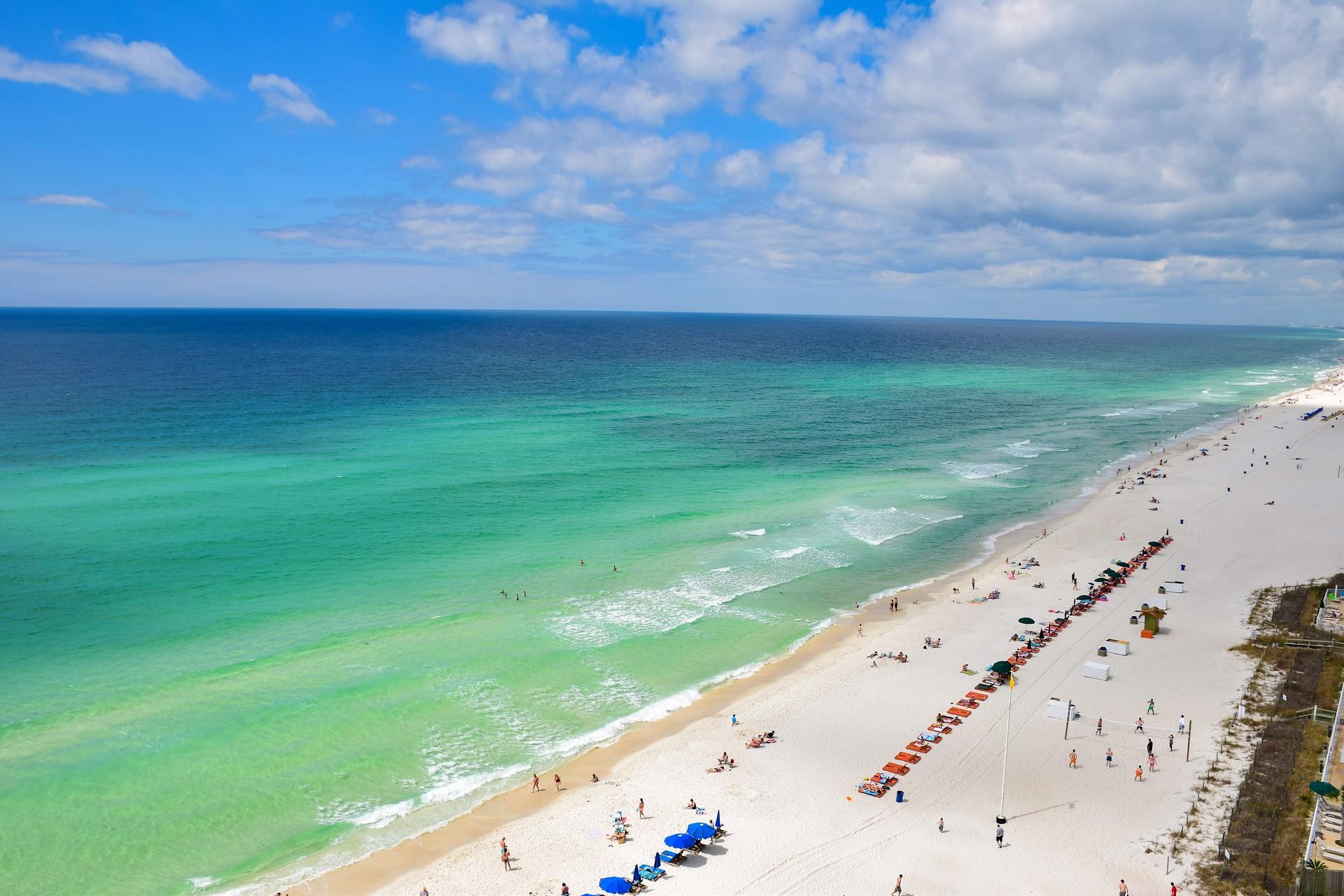Home>Weather and Climate>Sanibel Island Water Temperature: Everything You Need To Know
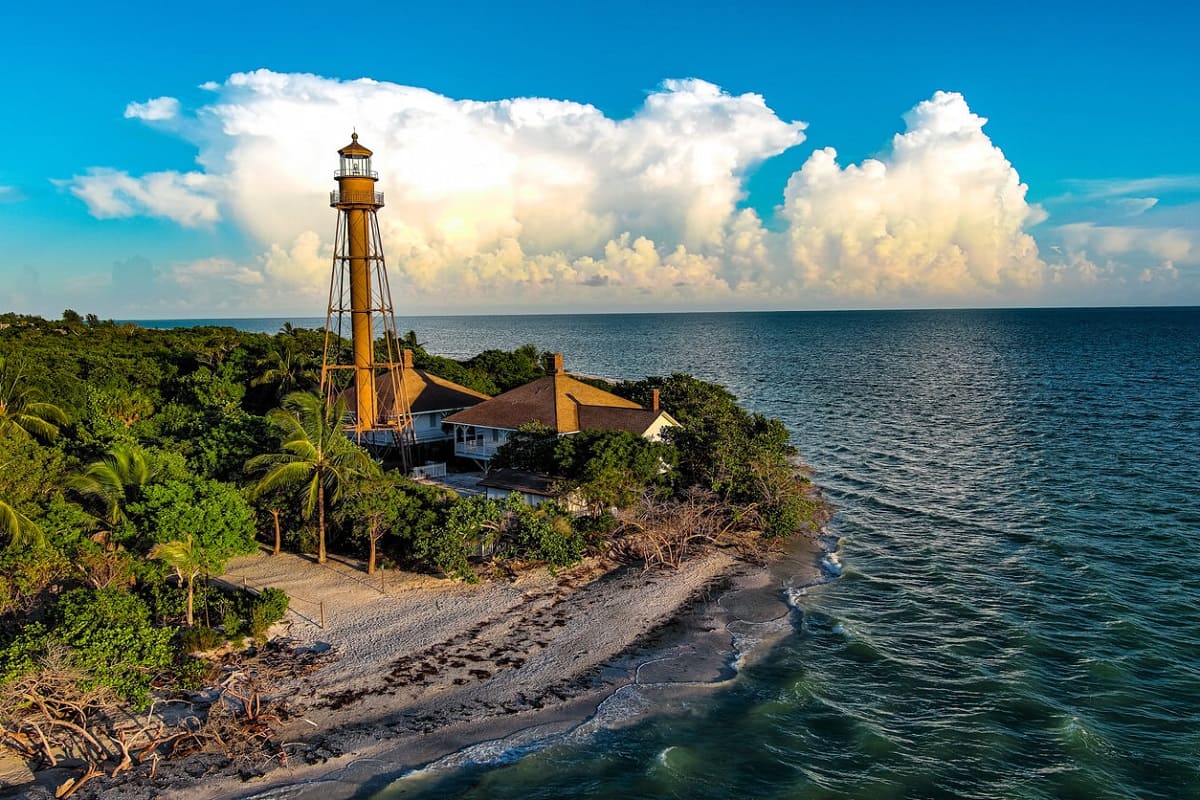

Weather and Climate
Sanibel Island Water Temperature: Everything You Need To Know
Modified: June 2, 2024
Discover the latest Sanibel Island water temperature and get insights into the weather and climate. Plan your trip with essential information on sea conditions and climate patterns.
(Many of the links in this article redirect to a specific reviewed product. Your purchase of these products through affiliate links helps to generate commission for Temperatures.com, at no extra cost. Learn more)
Table of Contents
Understanding the Importance of Water Temperature
Water temperature plays a crucial role in shaping the environment and influencing various activities on Sanibel Island. Whether you are a beach enthusiast, a marine biologist, or a casual visitor, understanding the significance of water temperature is essential for making the most of your experience on this captivating island.
The temperature of the water directly impacts the overall climate and weather patterns of the region. It serves as a key indicator of the prevailing atmospheric conditions, affecting everything from the air temperature to the formation of clouds and precipitation. Additionally, water temperature influences the behavior of marine life, which in turn impacts the island's ecosystem.
For those seeking recreational activities, such as swimming, snorkeling, or diving, the water temperature is a critical factor in determining the comfort and safety of these pursuits. Warm water can create an inviting environment for swimmers and water sports enthusiasts, while cooler temperatures may necessitate the use of wetsuits or other protective gear.
Furthermore, water temperature affects the growth and distribution of marine flora and fauna. It directly influences the breeding, feeding, and migration patterns of aquatic species, thereby shaping the island's rich biodiversity. Understanding these dynamics can deepen one's appreciation for the interconnectedness of the island's natural elements.
In essence, water temperature serves as a barometer for the overall health and vitality of Sanibel Island's marine environment. By recognizing its importance, visitors and residents alike can gain a deeper understanding of the island's ecological dynamics and make informed decisions about their interactions with its natural resources.
Factors Affecting Water Temperature on Sanibel Island
The water temperature on Sanibel Island is influenced by a myriad of factors, each contributing to the dynamic and ever-changing aquatic environment. Understanding these factors is crucial for comprehending the fluctuations in water temperature and their impact on the island's ecosystem.
-
Solar Radiation: The intensity and duration of solar radiation play a pivotal role in heating the waters surrounding Sanibel Island. As the sun's rays penetrate the surface of the ocean, they impart thermal energy to the water, causing it to warm up. The angle of incidence and the time of day determine the extent to which solar radiation affects the water temperature, with peak heating occurring during the midday hours.
-
Ocean Currents: The movement of ocean currents significantly influences water temperature. Sanibel Island is subject to the influence of the Loop Current, a warm ocean current that originates in the Caribbean Sea and flows through the Gulf of Mexico. This current can transport warm water towards the island, contributing to an increase in water temperature, particularly during the summer months.
-
Wind Patterns: Wind plays a dual role in affecting water temperature. On one hand, persistent onshore winds can lead to upwelling, a phenomenon where cooler, nutrient-rich water from deeper ocean layers rises to the surface, causing a decrease in water temperature. Conversely, offshore winds can inhibit upwelling and allow the surface waters to retain more heat, leading to higher water temperatures.
-
Tidal Fluctuations: The ebb and flow of tides exert a noticeable influence on water temperature. During low tide, shallow coastal areas may be exposed to direct sunlight for extended periods, leading to localized warming. Conversely, high tide can bring in cooler water from offshore, moderating the temperature in intertidal zones.
-
Seasonal Variations: The seasonal changes in air temperature and solar radiation have a profound impact on water temperature. During the summer, the longer days and higher solar angles contribute to warmer water, while the shorter days and lower solar angles in winter result in cooler water temperatures.
By considering these factors, one can gain a comprehensive understanding of the intricate interplay of natural forces that govern the water temperature on Sanibel Island. This knowledge not only enriches our appreciation of the island's marine environment but also provides valuable insights for various recreational and scientific pursuits.
Seasonal Variations in Water Temperature
The water temperature on Sanibel Island undergoes distinct seasonal variations, reflecting the island's dynamic climatic patterns. Understanding these fluctuations is essential for residents, visitors, and marine enthusiasts seeking to engage with the island's aquatic environment.
During the summer months, Sanibel Island experiences warmer water temperatures, creating an inviting setting for beachgoers and water sports enthusiasts. The longer days and higher solar angles characteristic of this season result in increased solar radiation, which imparts thermal energy to the ocean waters. As a result, the water temperature rises, often reaching its peak during the mid to late summer. This warmth fosters an ideal environment for swimming, snorkeling, and other recreational activities, drawing in numerous visitors eager to bask in the island's coastal splendor.
Conversely, the winter season brings about a noticeable shift in water temperature. With shorter days and lower solar angles, the amount of solar radiation reaching the ocean diminishes, leading to a gradual cooling of the water. As a result, the winter months often see a decrease in water temperature, creating a contrast to the balmy conditions of summer. While this may deter some from swimming in the cooler waters, it presents an opportunity for unique experiences, such as beachcombing and birdwatching, as well as a chance to appreciate the island's natural beauty in a different light.
The transitional seasons of spring and fall also contribute to fluctuations in water temperature. As the island transitions between the warm and cool seasons, the water temperature undergoes gradual changes, reflecting the shifting balance of solar radiation and atmospheric conditions. These transitional periods offer a diverse range of experiences for visitors, from witnessing the arrival of migratory bird species to enjoying the tranquil coastal ambiance.
By recognizing these seasonal variations in water temperature, individuals can align their activities with the prevailing conditions, ensuring an enriching and enjoyable experience on Sanibel Island. Whether it's embracing the warmth of summer waters or embracing the tranquility of cooler temperatures, understanding the seasonal dynamics of water temperature enhances one's connection to the island's natural rhythms.
Best Times for Swimming and Water Activities
The best times for swimming and water activities on Sanibel Island coincide with the warmer months, particularly from late spring through early fall. During this period, the water temperature is at its most inviting, providing an ideal setting for beach enthusiasts and aquatic adventurers.
In late spring, as the island transitions from the cooler winter months, the water temperature begins to rise, heralding the onset of prime swimming conditions. The gradual warming of the ocean waters creates a comfortable environment for visitors eager to take a refreshing dip or engage in water sports. This time also marks the arrival of migratory bird species, adding to the allure of coastal exploration and birdwatching activities.
As summer unfolds, the water temperature reaches its peak, offering a delightful respite from the heat and a perfect backdrop for a myriad of water-based pursuits. Whether it's swimming in the crystal-clear waters, snorkeling amidst vibrant marine life, or embarking on kayaking adventures along the island's picturesque coastline, the warm waters of summer beckon to both seasoned water enthusiasts and casual beachgoers alike.
The balmy conditions of early fall extend the opportunity for water activities, allowing visitors to savor the lingering warmth of the ocean before the seasonal transition. The pleasant water temperature during this time provides an excellent window for enjoying the island's natural splendor, whether through leisurely swims or engaging in beachside picnics and shoreline explorations.
While the cooler winter months may deter some from swimming in the ocean, they present alternative ways to appreciate the island's aquatic offerings. Beachcombing along the shoreline, observing shorebirds, and indulging in tranquil seaside strolls are just a few examples of the enriching experiences that can be enjoyed during this time, showcasing the diverse appeal of Sanibel Island beyond traditional water activities.
By aligning water-based excursions with the seasonal variations in water temperature, visitors can make the most of their time on Sanibel Island, immersing themselves in the ever-changing rhythms of the island's coastal environment. Whether seeking the warmth of summer waters or the serene ambiance of cooler seasons, the best times for swimming and water activities are intricately woven into the tapestry of Sanibel Island's natural allure.
Impact of Water Temperature on Marine Life
Water temperature exerts a profound influence on the behavior, distribution, and overall well-being of marine life around Sanibel Island. The delicate balance of aquatic ecosystems is intricately tied to the thermal dynamics of the surrounding waters, shaping the diverse array of species that call these coastal habitats home.
In warmer waters, marine organisms such as corals, fish, and invertebrates thrive, benefiting from the optimal conditions for growth and reproduction. The higher water temperatures during the summer months create a fertile environment for the proliferation of phytoplankton, the foundation of the marine food web. This abundance of microscopic organisms sustains a cascade of life, supporting the growth of zooplankton, small fish, and other marine creatures.
Conversely, cooler water temperatures during the winter months can trigger changes in the behavior and distribution of marine species. Some fish may seek out deeper, warmer waters, while others may exhibit reduced activity as they adapt to the seasonal variations. Cold-blooded marine organisms, such as sea turtles and manatees, may alter their foraging patterns and seek out warmer refuges to maintain their metabolic functions.
The impact of water temperature extends beyond the immediate physiological responses of marine life. It also influences the timing of critical life stages, such as spawning and migration. Many fish species time their reproductive cycles to coincide with the warmer waters of spring and summer, ensuring the survival of their offspring in favorable conditions. Similarly, the arrival of migratory bird species is intricately linked to the availability of food sources, which in turn are influenced by water temperature and the associated abundance of marine life.
Furthermore, fluctuations in water temperature can have cascading effects on the entire marine food web. Changes in the distribution and abundance of primary producers and herbivores can reverberate through the ecosystem, impacting the dynamics of predator-prey relationships and the overall balance of marine communities.
By recognizing the intricate interplay between water temperature and marine life, we gain a deeper appreciation for the interconnectedness of coastal ecosystems. The delicate dance of temperature-driven adaptations and ecological interactions underscores the resilience and fragility of these underwater realms, emphasizing the need for responsible stewardship and conservation efforts to safeguard the rich biodiversity of Sanibel Island's marine environments.
Tips for Enjoying the Water at Different Temperatures
As the water temperature on Sanibel Island fluctuates throughout the year, there are various ways to make the most of the diverse aquatic conditions and engage with the island's coastal environment. Whether the waters are warm and inviting during the summer or cooler and tranquil in the winter, adapting to the prevailing temperatures can enhance one's experience and appreciation of the island's natural splendor.
Warm Water Tips:
-
Swimming and Snorkeling: Embrace the warmth of the summer waters by indulging in leisurely swims or snorkeling adventures. The clear, balmy conditions provide an ideal setting for observing vibrant marine life and exploring the underwater wonders of the Gulf of Mexico.
-
Water Sports: Engage in water sports such as kayaking, paddleboarding, or jet skiing, taking advantage of the comfortable water temperatures to embark on thrilling aquatic excursions along the island's picturesque coastline.
-
Beachside Relaxation: Unwind on the sandy shores and bask in the sun-drenched ambiance. The warm waters create a soothing backdrop for beachside picnics, sunbathing, and enjoying the gentle lapping of the waves.
Cooler Water Tips:
-
Beachcombing: Explore the shoreline during cooler months, as lower water temperatures may deter swimming but create ideal conditions for beachcombing. Discover an array of seashells, sea glass, and other treasures washed ashore by the tides.
-
Birdwatching: Observe the diverse bird species that frequent the coastal habitats during cooler seasons. The tranquil waters provide an excellent backdrop for birdwatching, offering opportunities to witness the fascinating behaviors of shorebirds and migratory species.
-
Seaside Strolls: Take leisurely walks along the beach, savoring the serene ambiance and the rhythmic sound of the waves. The cooler water temperatures create a peaceful setting for contemplative seaside strolls and moments of coastal tranquility.
By adapting to the varying water temperatures and embracing the seasonal nuances of Sanibel Island's coastal environment, visitors can immerse themselves in a rich tapestry of experiences, from exhilarating water sports in warm waters to serene shoreline explorations during cooler seasons. Each temperature range offers unique opportunities to connect with the island's natural beauty, inviting exploration and appreciation of its ever-changing aquatic landscapes.
